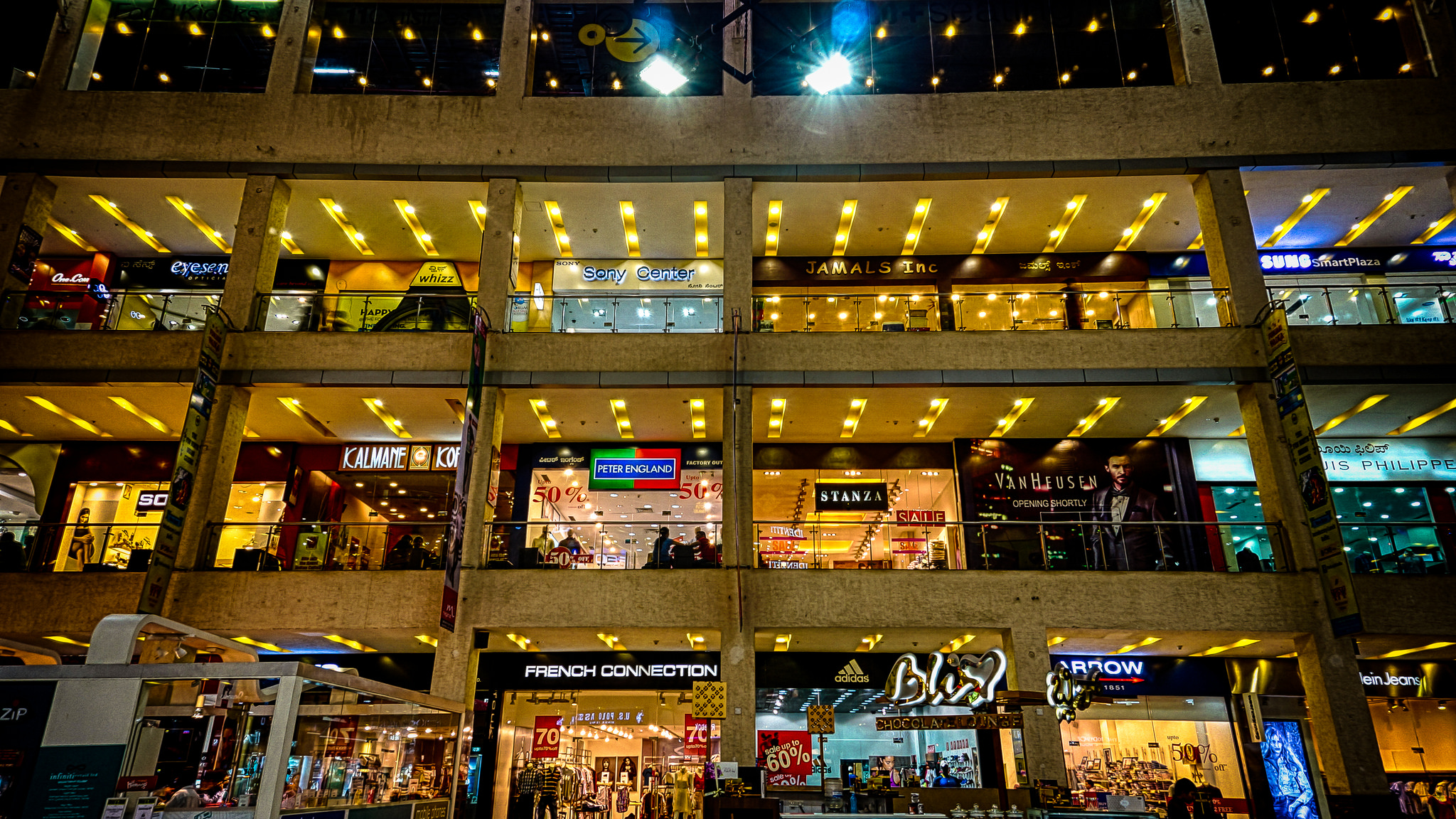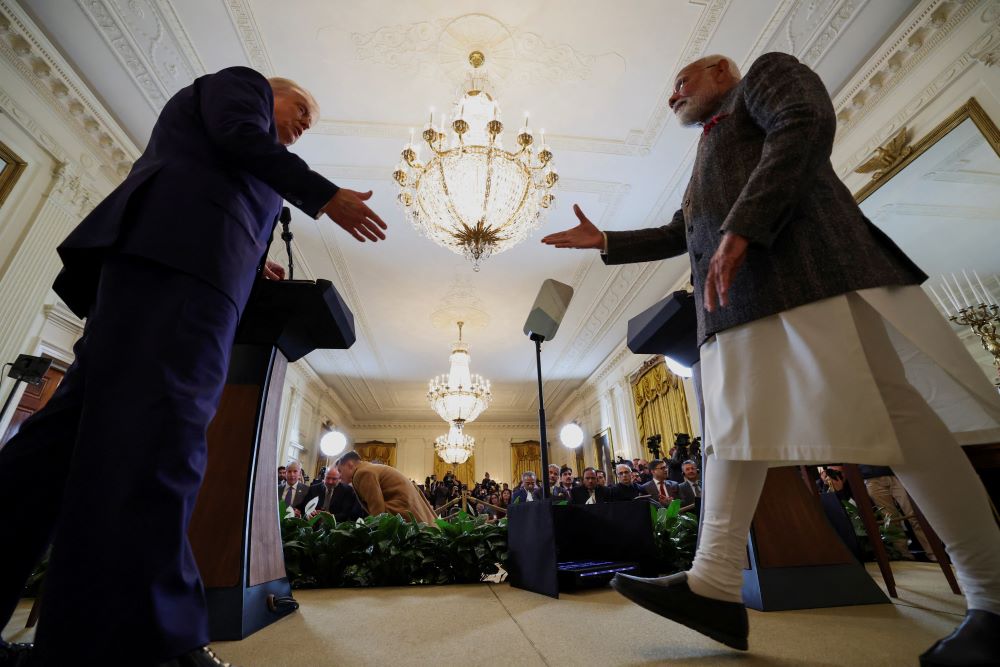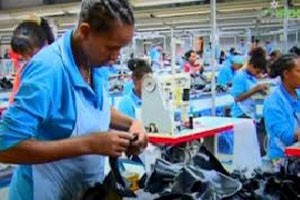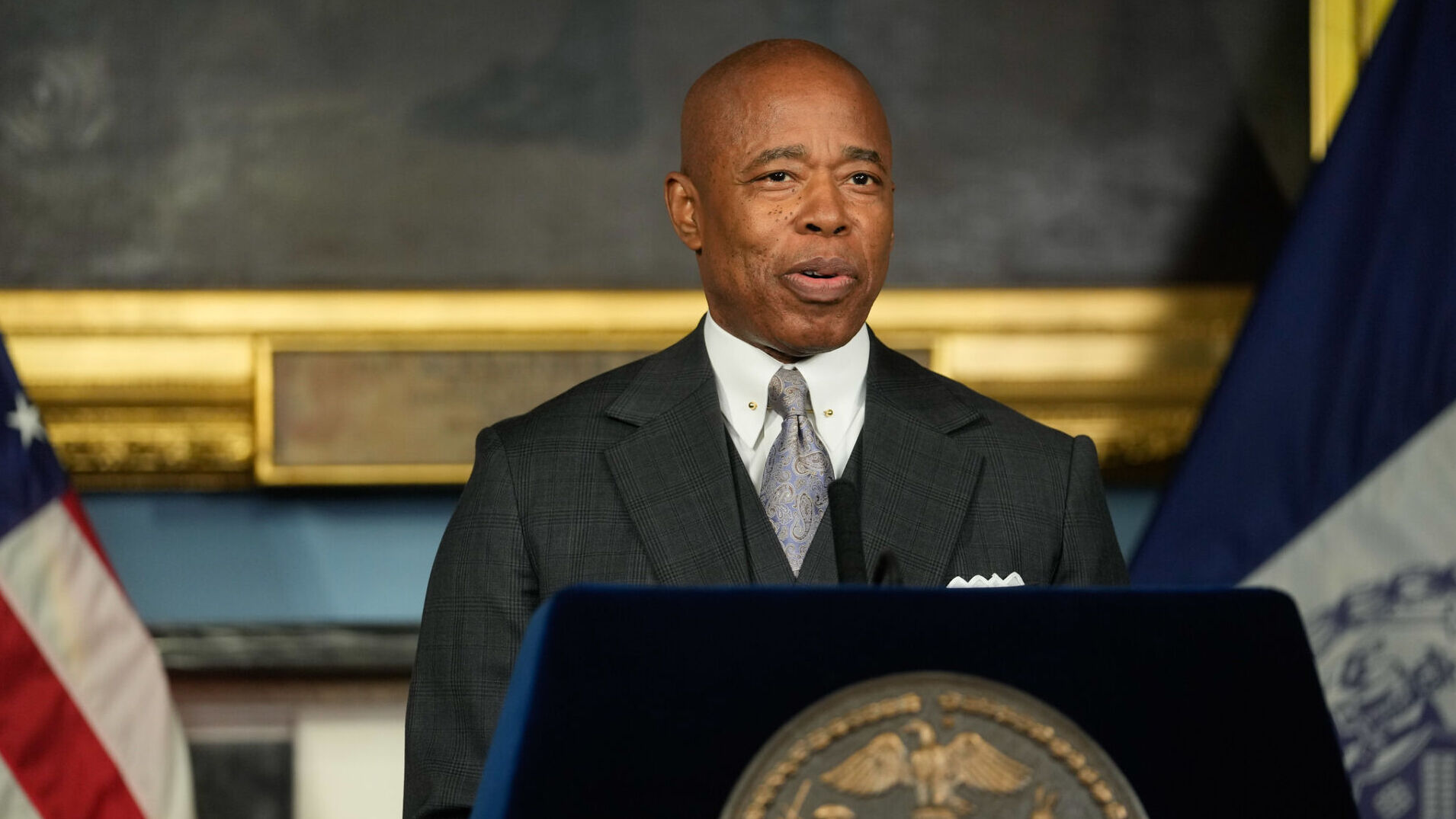Unemployment in August rose to 8.32% from a four-month low of 6.95% in July, data from private research firm Centre for Monitoring Indian Economy (CMIE) shows
Our Bureau
New Delhi
India’s gross domestic product (GDP) grew at a record pace of 20.1 per cent in the first quarter of FY22, as per official data released on Tuesday. The record growth in the April-June quarter comes on the back of a weak base and a sharp rise in consumption demand. “GDP at Constant (2011-12) Prices in Q1 of 2021-22 is estimated at Rs 32.38 lakh crore, as against Rs 26.95 lakh crore in Q1 of 2020-21, showing a growth of 20.1 per cent as compared to a contraction of 24.4 per cent in Q1 2020-21,” said the statement released by Ministry of Statistics and Programme Implementation.
The economy grew 20.1 per cent in the first quarter of this financial year in comparison to the same period a year ago when the economy contracted 24.4 per cent. The GDP growth percentage is in line with what economists predicted earlier.
Meanwhile, the Gross Value Added (GVA) has grown at 18.8 per cent in the first quarter. “Quarterly GVA at Basic Price at Constant (2011-12) Prices for Q1 of 2021-22 is estimated at Rs 30.48 lakh crore, as against Rs 25.66 lakh crore in Q1 of 2020-21, showing a growth of 18.8 per cent,” the statement added.
This is the fastest quarterly expansion of GDP since official growth data was stored from the mid-1990s. In comparison, the GDP growth was 1.6 per cent in the fourth quarter of FY21. However, it must be noted that the record GDP growth is a result of the low base.
The GDP had contracted 24.4 per cent in April-June 2020.
The first quarter’s high growth rate, however, has come despite a brutal second wave of the pandemic which peaked in April-May. In fact, data related to certain high frequency indicators such as power generation, fuel consumption and railway freight for April-May indicated that rebound has been faster after Covid 2.0 than Covid 1.0, said Sunil Kumar Sinha, Principal Economist, India Ratings.
Data released by the National Statistical Office Tuesday, however, shows the economy continues to limp towards recovery. The GDP in absolute terms at Rs 32.38 lakh crore (constant prices) in the first quarter is still 9.2% lower than the GDP in the same period during the pre-Covid year 2019-20.
Pointing to this and the sequential slowdown of 16.9% over the GDP of Rs 38.96 lakh crore in January-March 2021, Aditi Nayar, Chief Economist, ICRA, said, “The sharp YoY expansion in Q1 FY2022 is analytically misleading.”
Amongst sectors, manufacturing and construction imparted a significant push to the economy in April-June, growing 49.63% and 68.3% respectively, over April-June 2020. Services, especially contact-intensive sectors, however, continued to lag. In terms of expenditure, Private Final Consumption Expenditure, a measure of consumer spending, grew 19.34%, and Gross Fixed Capital Formation, a measure of private investment, jumped 55.26 per cent.
Meanwhile, India’s jobless rate rose last month due to a hit to hiring activity from the Covid-19 pandemic. Unemployment in August rose to 8.32% from a four-month low of 6.95% in July, data from private research firm Centre for Monitoring Indian Economy (CMIE) showed on Wednesday.
A separate survey of factory managers by IHS Markit pointed to companies pausing hiring efforts amid a softer growth in sales during the month. “There is some hesitancy in the growth and that’s the reason we see this fatigue in employment numbers,” CMIE managing director Mahesh Vyas said by phone. “We are still recovering from a sharp fall in employment.”
About a million jobs were lost last month, according to CMIE data, which is based on surveys, and is widely accepted in the absence of timely government data. The job losses were relatively low when compared with April when more than seven million jobs were lost amid the second virus wave.
India typically adds more than one million people to its work force every month.

























